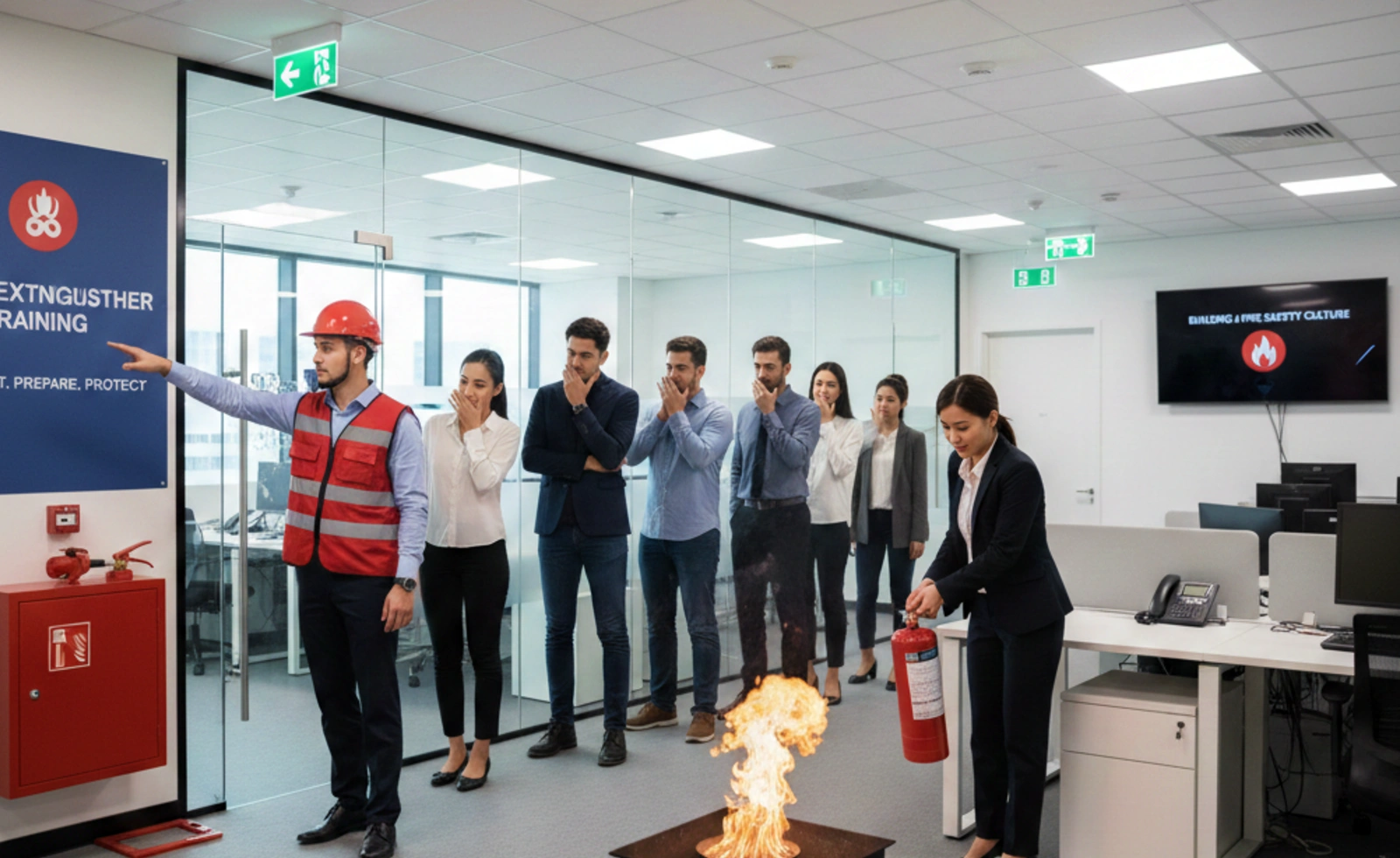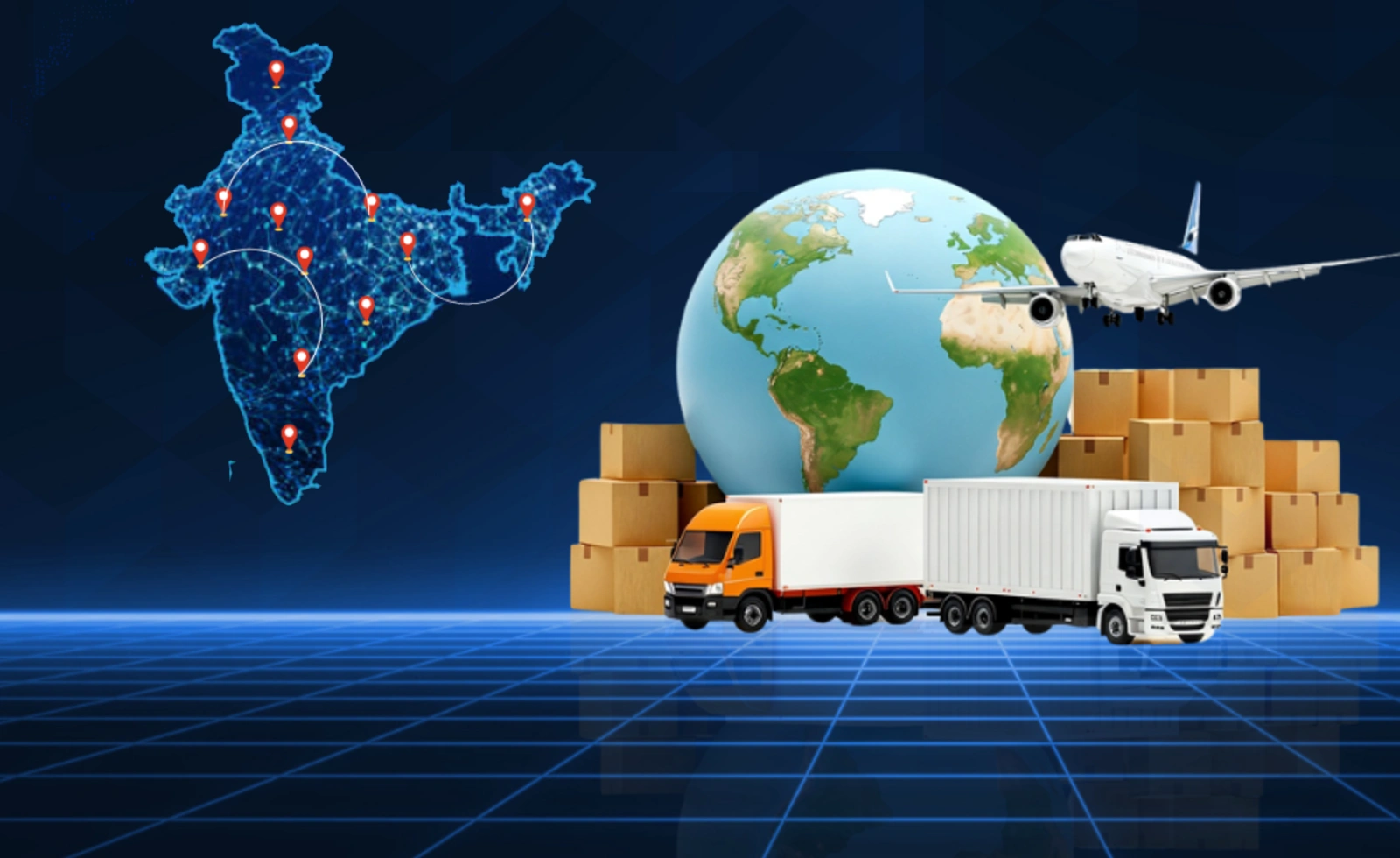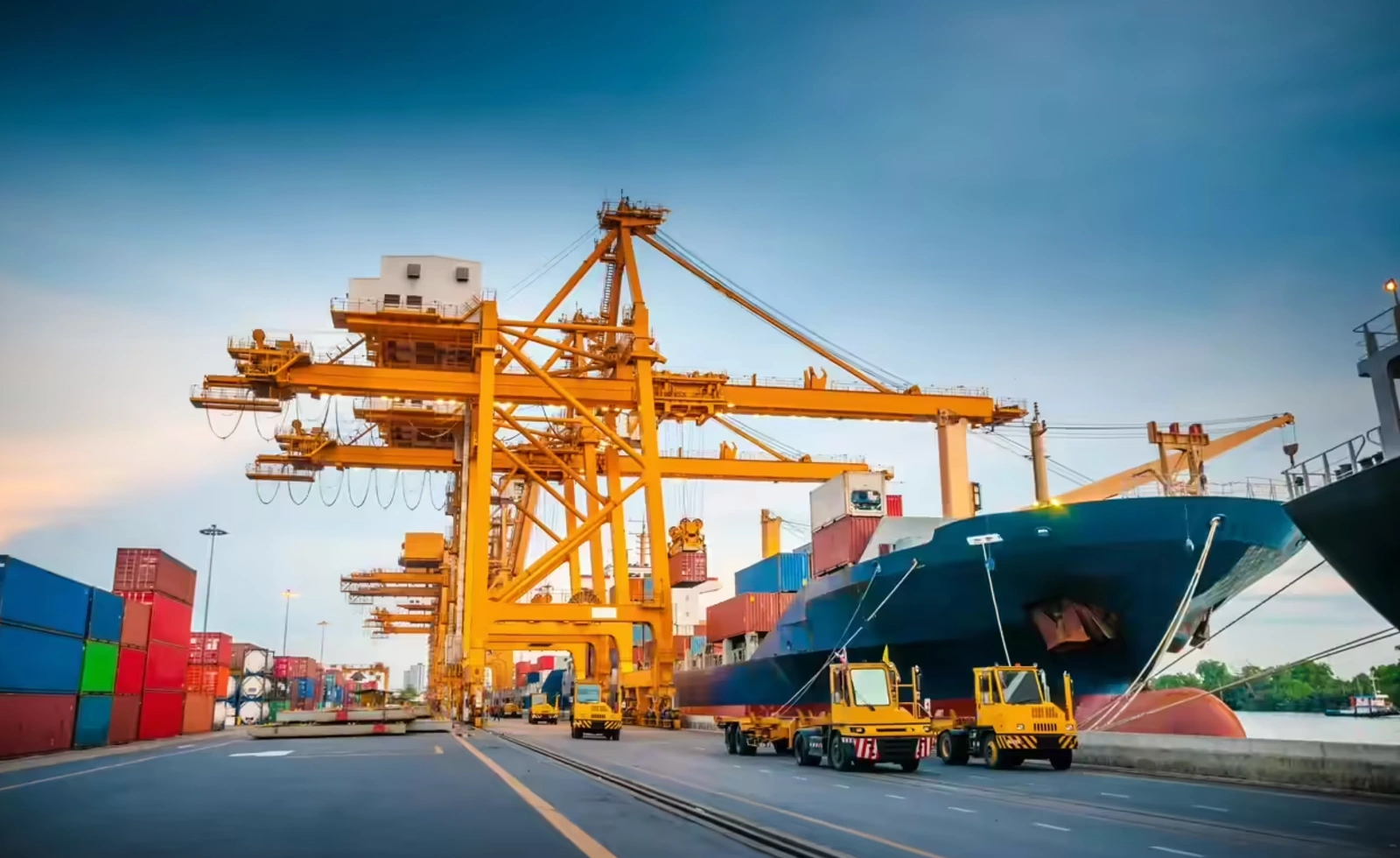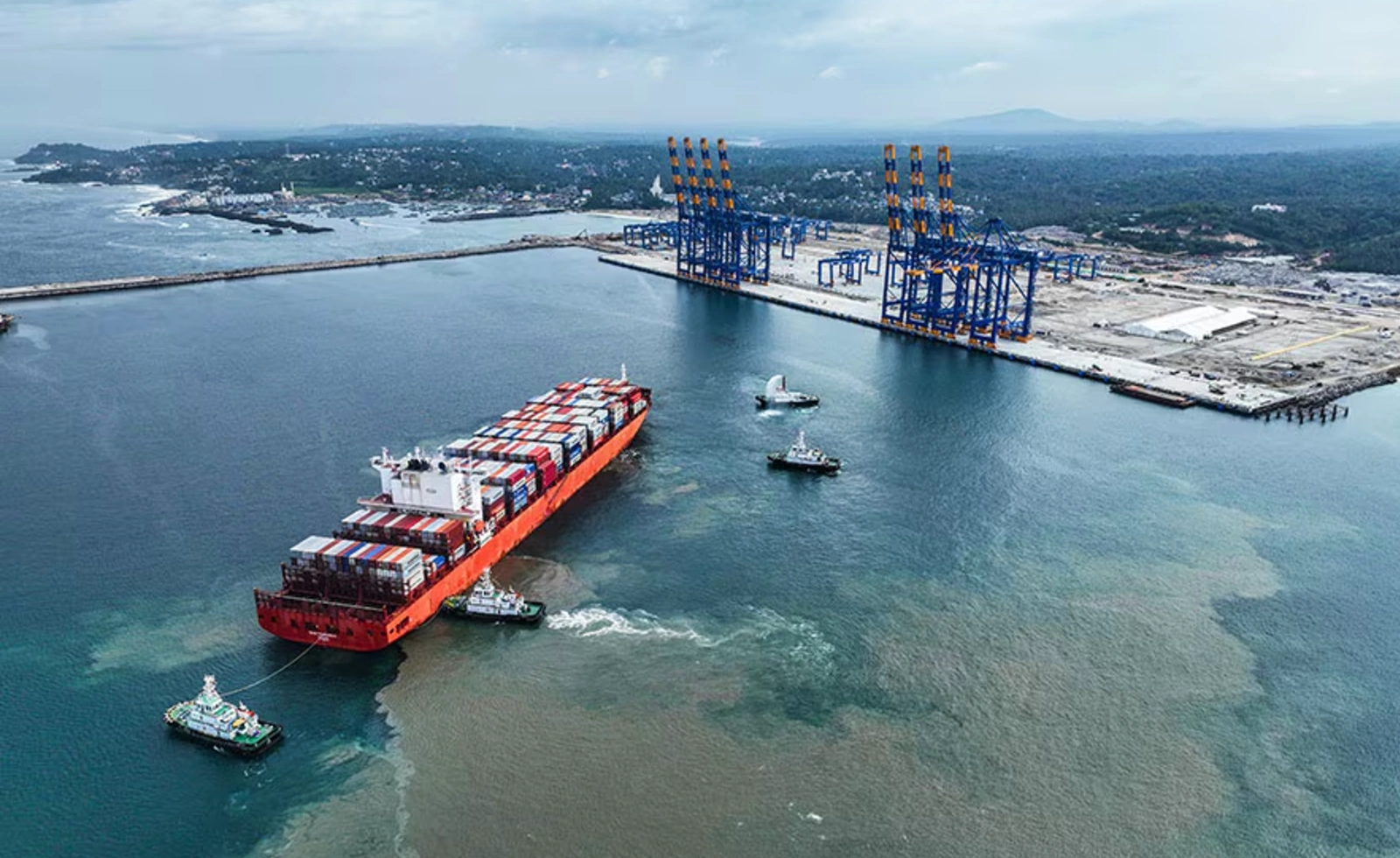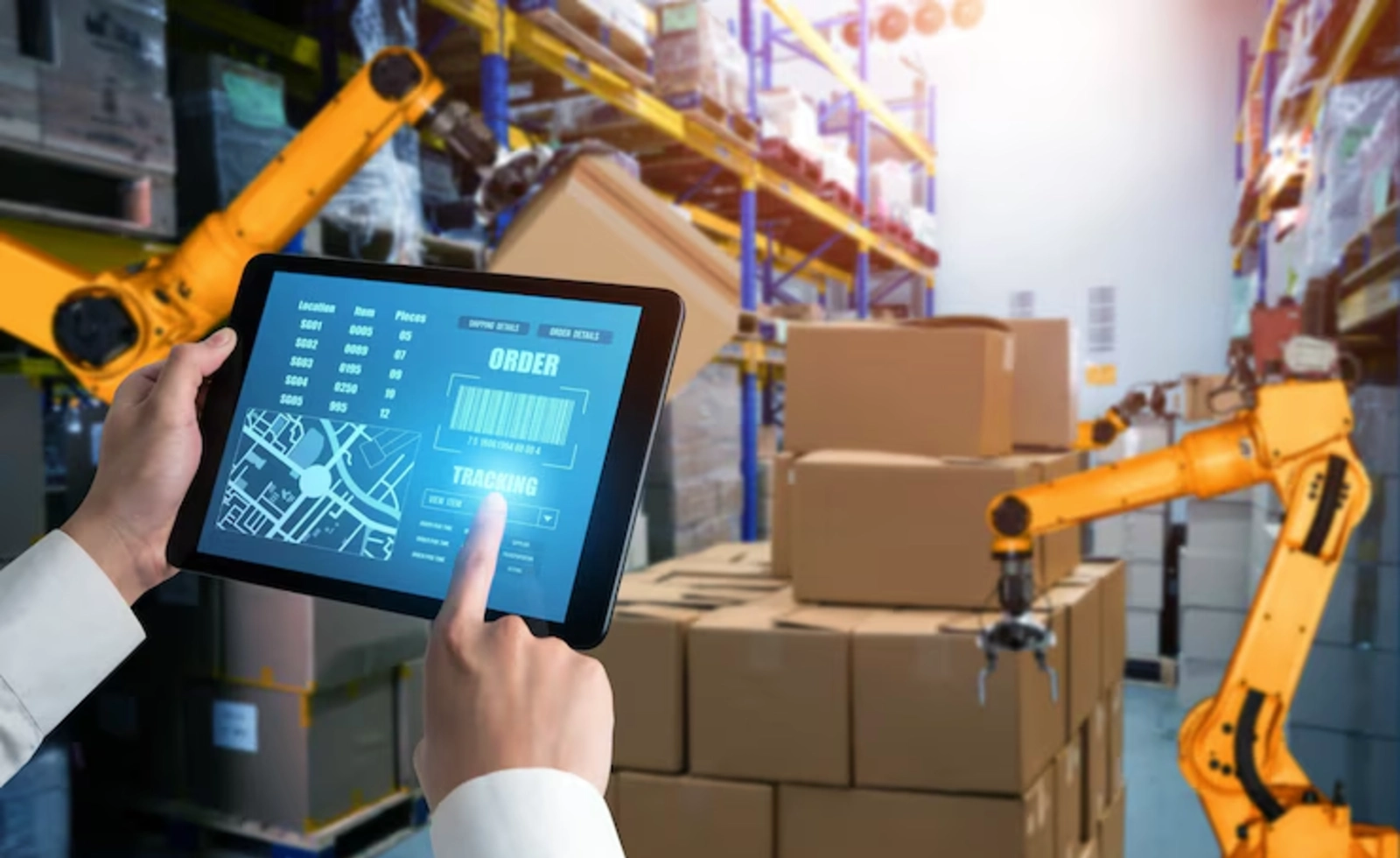NEBOSH International Diploma Aligns with International Health & Safety Standards
How the NEBOSH International Diploma Aligns with International Health & Safety Standards In today’s global workplace, organisations are under constant pressure to prove that their health and safety practices meet international expectations. The NEBOSH International Diploma in Occupational Health and Safety has been created precisely with this need in mind, giving safety professionals the knowledge and skills to work confidently with global standards and best practice. For companies with multinational projects or diverse workforces, this qualification becomes a powerful way to align internal systems with internationally recognised benchmarks. What Makes the NEBOSH International Diploma “International”? The International Diploma is not built around the laws of a single country. Instead, the syllabus is mapped to widely accepted international principles of occupational health and safety management. That means learners focus on core concepts that apply across borders, such as risk management, leadership, worker engagement and continual improvement. Because of this approach, the Diploma fits naturally with global management system models that many organisations already follow. Whether a company operates in construction, oil and gas, manufacturing or services, the content helps safety professionals speak the same “international language” of health and safety Strong Synergy with ISO 45001‑Style Systems One of the biggest advantages of the NEBOSH International Diploma is how well it complements ISO 45001‑style occupational health and safety management systems. While the qualification does not belong to ISO, both share common foundations such as: A structured “plan–do–check–act” cycle for managing risk and performance Clear roles, responsibilities and leadership expectations for health and safety Worker participation, consultation and communication as core elements A focus on performance monitoring, audits and continual improvement. This alignment means graduates are well prepared to help design, implement and maintain formal health and safety management systems that can stand up to external audits and client requirements. For organisations working towards or maintaining certification, this is a major added value. Deep Focus on Risk Management and Control International standards consistently highlight risk assessment and control as the foundation of good health and safety practice. The NEBOSH International Diploma reflects this by going beyond basic checklists and teaching a more strategic approach to risk. Learners explore how to: Identify a wide range of workplace hazards, including complex and emerging risks Use structured risk assessment methods to prioritise controls Apply the hierarchy of control to select effective, sustainable solutions Integrate risk thinking into everyday management This emphasis matches what global clients and regulators expect: systematic, evidence‑based risk management instead of reactive, one‑off fixes. It also helps safety professionals justify their recommendations in boardrooms and project meetings. Addressing Both Health and Safety in Line with Global Trends Modern international standards no longer treat “health” and “safety” as separate topics. The NEBOSH International Diploma course mirrors this trend by covering occupational health and wellbeing alongside traditional safety risks. Learners cover areas such as: Chemical, biological and physical agents and their long‑term health impacts Musculoskeletal disorders and ergonomic risks Stress, fatigue and psychosocial risks, which are now high on global agendas Health surveillance, exposure monitoring and control strategies By addressing these issues in depth, the qualification supports the international move towards holistic worker protection, where mental and physical health are treated with equal importance. This is exactly what many multinational organisations are now seeking from their HSE teams. Supporting Legal Compliance Across Different Jurisdictions Every country has its own regulations, but the underlying duties on employers are often similar: assess risks, provide safe systems of work, train people and monitor performance. The International Diploma is structured around these universal principles rather than the exact wording of any legal code. As a result, professionals who complete the programme are better equipped to: Interpret and apply local laws through an international best‑practice lens Bridge gaps between client requirements, project standards and national rules Demonstrate due diligence by documenting systematic, risk‑based decisions For companies working on international tenders or joint ventures, this ability to translate core principles into different legal environments is extremely valuable. How the Diploma Builds Strategic HSE Leaders International standards expect health and safety to be led from the top and integrated into business strategy, not treated as a standalone activity. The NEBOSH International Diploma reflects this expectation by developing leadership and management capabilities as well as technical knowledge. Learners are encouraged to think like HSE leaders who can: Influence senior management and shape health and safety policy Build a positive safety culture that encourages reporting and learning Use data, audits and incident analysis to drive continual improvement Align health and safety objectives with wider business goal This leadership‑oriented approach is one of the main reasons the Diploma is often requested or preferred for senior HSE roles in global organisations. Global Recognition and Career Opportunities The NEBOSH International Diploma is widely recognised by employers across the world as a benchmark for advanced health and safety competence. Many recruitment adverts for roles such as HSE Manager, HSE Engineer, Safety Consultant or Head of HSE specify NEBOSH Diploma (or equivalent) as a preferred or essential qualification, particularly in high‑risk industries. This recognition is especially strong in regions such as the Middle East, where many projects are delivered by multinational teams and governed by international client standards. For professionals working in markets like the GCC or looking to move between countries, holding this qualification signals that their skills are aligned with global expectations. There is a section in NEBOSH Level 6 International Diploma for Occupational Health and Safety Management Professionals – NEBOSH which talks about professional recognitions – add that as well please


